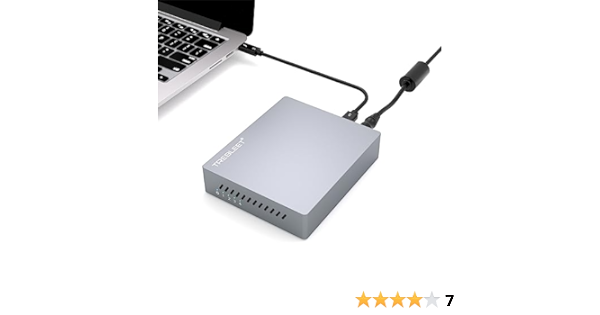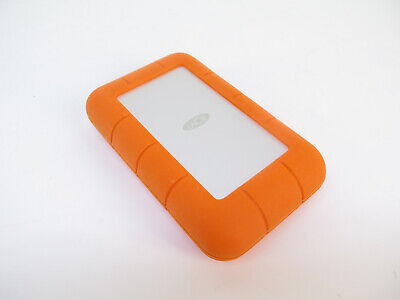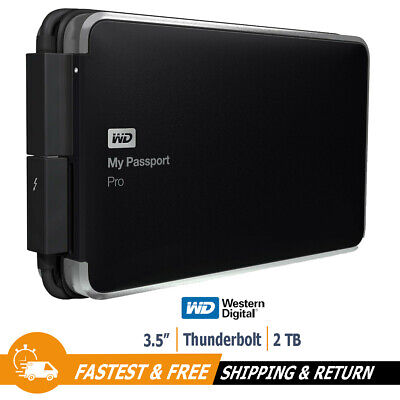Last year I set up my late 2012 iMac to boot and run off an external SSD via USB 3 using a Crucial MX500 1TB Sata in an enclosure. It's working great, no issues at all so I'm not complaining. The current chain looks like this:
iMac with USB 3 > USB 3 to USB C cable > USB C to SATA enclosure with MX500 inside
I'm now wondering if there is any performance left on the table, so I was thinking is it possible to make a boot drive on an M.2 NVMe drive in an enclosure and run it via Thunderbolt 1. My thinking is the chain would look like this:
iMac Thunderbolt 1 > Thunderbolt 1/2 cable > Apple Thunderbolt 2 to 3/USB C adaptor > USB C to M.2 NVMe enclosure with an M.2 SSD inside.
Anyone done this or have this set up at the moment ? Or am I thinking of this all wrong ? On the plus it would free up one of my USB ports not having the current boot drive taking up a slot.
iMac with USB 3 > USB 3 to USB C cable > USB C to SATA enclosure with MX500 inside
I'm now wondering if there is any performance left on the table, so I was thinking is it possible to make a boot drive on an M.2 NVMe drive in an enclosure and run it via Thunderbolt 1. My thinking is the chain would look like this:
iMac Thunderbolt 1 > Thunderbolt 1/2 cable > Apple Thunderbolt 2 to 3/USB C adaptor > USB C to M.2 NVMe enclosure with an M.2 SSD inside.
Anyone done this or have this set up at the moment ? Or am I thinking of this all wrong ? On the plus it would free up one of my USB ports not having the current boot drive taking up a slot.





